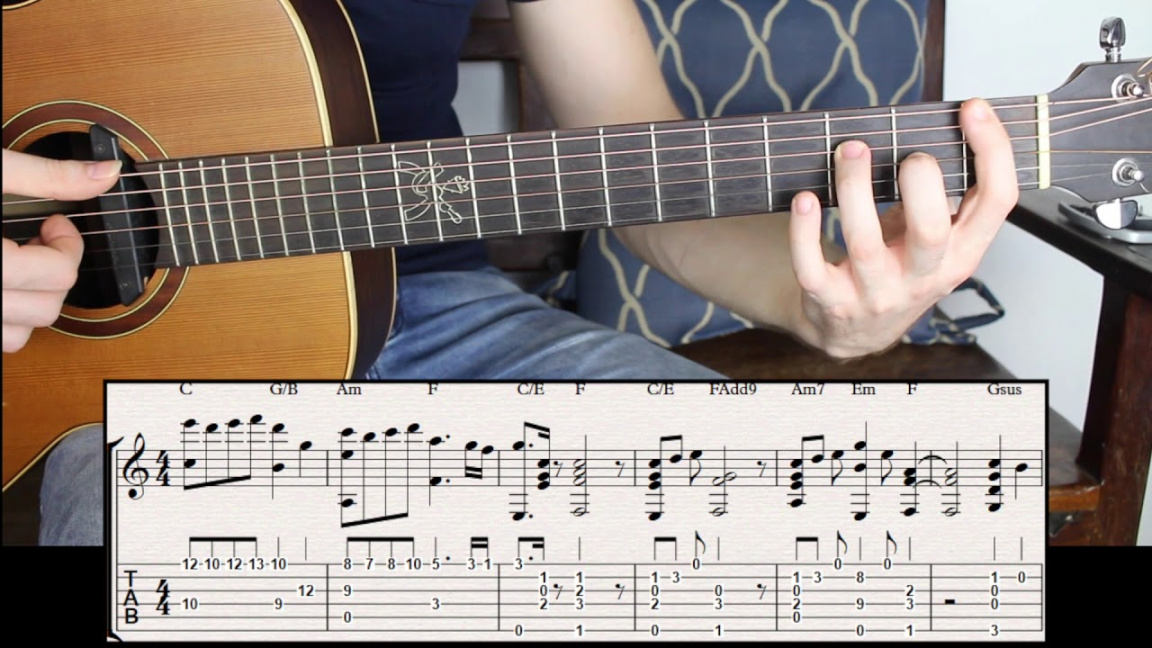Classical Guitar Chord Progressions: A Journey Through Time
Hey fellow guitar enthusiasts! Ever wondered how those beautiful, sweeping classical guitar pieces are built? A lot of it comes down to chord progressions, those sequences of chords that create the emotional backbone of a song. While we often associate chord progressions with pop, rock, or blues, they’re absolutely fundamental to classical music too, and exploring them can really open up your playing.
Classical guitar, with its rich history, has a unique approach to chord progressions. It’s not just about strumming along; it’s about crafting intricate harmonies that evoke deep feelings. So, let’s dive in and see what makes these progressions so special.
Understanding the Basics
First off, let’s get a handle on some fundamental classical harmony concepts. We’re talking about things like tonic, dominant, and subdominant chords. These are the building blocks. In the key of C major, for instance, C is the tonic (I), G is the dominant (V), and F is the subdominant (IV). These are the main players, and they create a sense of resolution and movement.

Classical progressions often emphasize smooth voice leading. This means that the individual notes within the chords move in small, logical steps, creating a seamless flow. It’s not just about changing chords; it’s about how those chords connect.
Common Progressions in Classical Guitar
Now, let’s talk about some common chord progressions you’ll find in classical pieces.
I-IV-V-I: This is a classic progression, a real workhorse. You’ll hear it in countless pieces, from simple studies to complex sonatas. It creates a sense of stability and resolution. Think of it as the musical equivalent of coming home.
Applying These Progressions
So, how do you actually use these progressions in your playing? Well, start by listening to classical pieces and trying to identify the chord progressions. Pay attention to how the chords move and how they make you feel.
Then, try playing these progressions yourself. Start with simple pieces and gradually work your way up to more complex ones. You can also experiment with different voicings and arpeggios to create your own unique interpretations.
Don’t be afraid to experiment! Classical guitar is all about expressing yourself through music. Try adding your own embellishments and variations to the basic progressions. You might be surprised at what you come up with.
The Role of Arpeggios and Scales
In classical guitar, arpeggios and scales are crucial. They’re not just exercises; they’re tools for creating beautiful melodies and harmonies. By mastering arpeggios, you can add depth and texture to your chord progressions. Scales, on the other hand, provide the foundation for creating melodies that complement the underlying harmonies.
Think about how a simple arpeggio over a I-IV-V-I progression can transform it into something truly magical. It’s about more than just playing notes; it’s about weaving them together to create a tapestry of sound.
Dynamics and Tempo
Don’t forget about dynamics and tempo! Classical guitar is all about nuance. A simple chord progression can sound completely different depending on how you play it. Experiment with different dynamics (loudness and softness) and tempos (speed) to create different moods and emotions.
A slow, deliberate tempo can create a sense of solemnity, while a faster tempo can create a sense of excitement. Similarly, a crescendo (gradual increase in volume) can build tension, while a diminuendo (gradual decrease in volume) can create a sense of peace.
The Emotional Impact
Ultimately, classical guitar chord progressions are about conveying emotion. They’re about telling a story through music. Whether it’s a sense of joy, sadness, or longing, the right progression can evoke a powerful emotional response.
When you’re playing classical guitar, don’t just focus on the technical aspects. Try to connect with the music on an emotional level. Let the chords guide you and allow yourself to be swept away by the beauty of the sound.
Conclusion
Exploring classical guitar chord progressions opens up a whole new world of musical possibilities. It’s a journey through history, emotion, and technical mastery. By understanding the basic principles of classical harmony and experimenting with different progressions, you can create your own beautiful and expressive music. Remember, it’s not just about playing the right notes; it’s about telling a story and connecting with your audience on a deeper level. So, pick up your guitar, start exploring, and let the music take you away. Happy playing!

